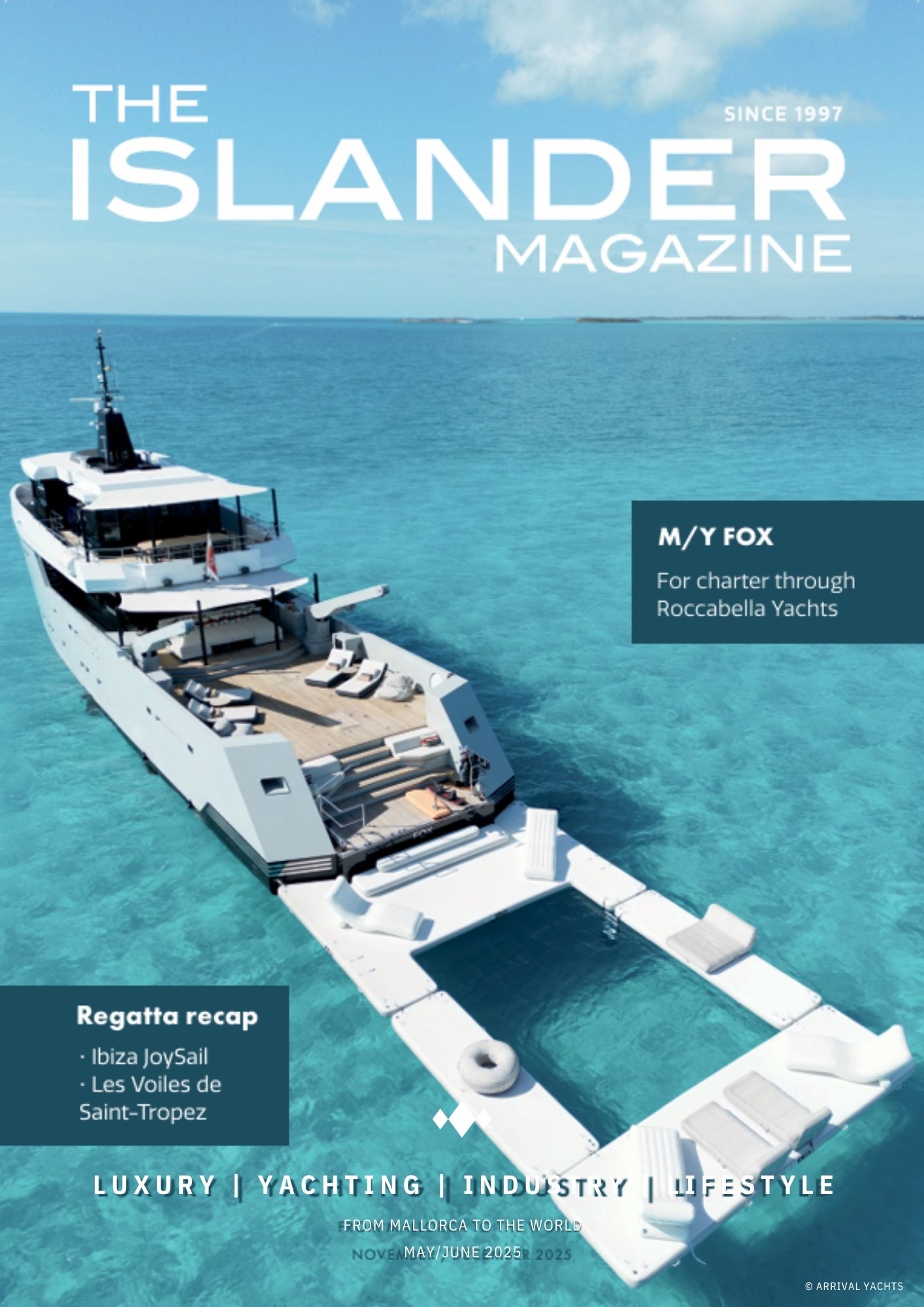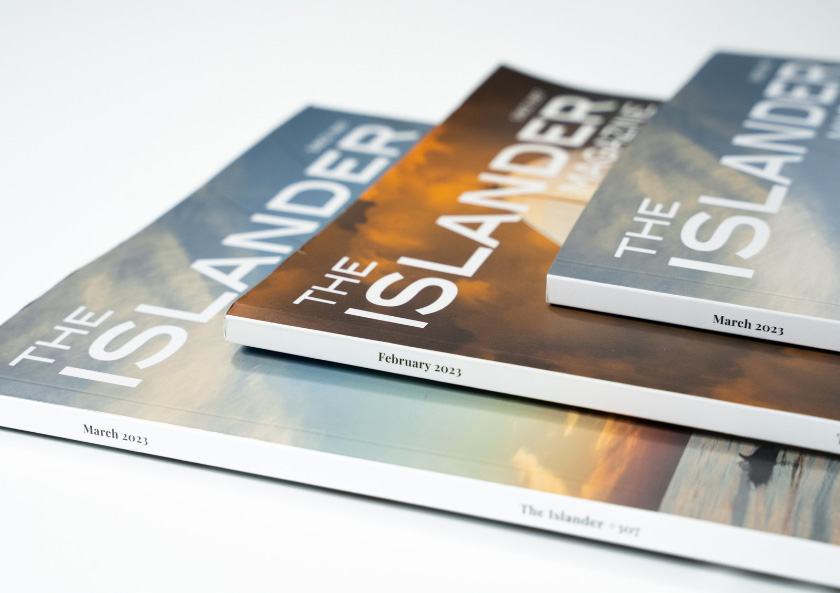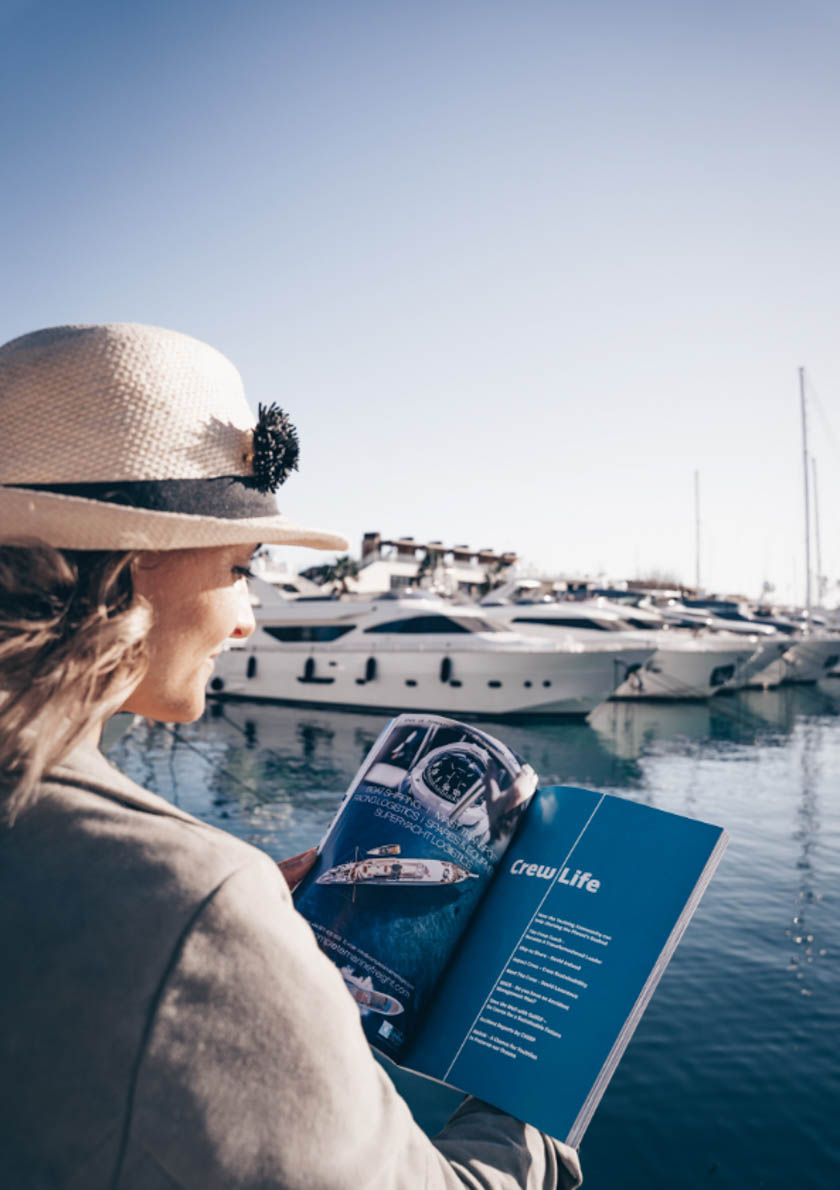Arterial injury and wound packing at sea
When it comes to medical emergencies at sea, the injury that makes even experienced crew freeze—is a catastrophic bleed. Whether from a foiling accident, a winch injury, or a propeller strike, arterial bleeding is dramatic, fast, and life-threatening.
In the DRABC, A stands for airway, it also stands for arterial catastrophic bleed.
Unlike minor cuts or even fractures, a true arterial bleed has a countdown. You may only have 2–4 minutes before hypovolemic shock sets in. The average adult has around 5–6 litres of blood in their body [1]. In a junctional arterial injury (e.g. groin or axilla), a casualty can lose over 40% of that volume in minutes, resulting in rapid loss of consciousness and death if uncontrolled [2].
That’s why it’s critical that yacht crews are trained and equipped to stop the bleed, immediately and effectively.
Injury profiles at sea
We’re not just seeing traditional deck injuries anymore. Water toys are faster. Foils are sharper. Anchoring systems are more powerful. And when things go wrong, injuries can be surgical-level trauma.
High-risk bleeding scenarios onboard include:
- Foiling Injuries (e-foil, wing foil, kitefoil): High-speed crashes onto carbon blades or rocks often result in deep lacerations or penetrating wounds to the thighs, forearms, or abdomen.
- Propeller Trauma: A single brief encounter can sever arteries in the femoral or brachial region, especially around swim platforms or tender launches [3].
- Rigging Failures: Snapped sheets or halyards under load can deglove hands or slice across arteries at the wrist or neck. In racing scenarios, these are time-critical events.
- Anchor Chain and Windlass Accidents: Hands or limbs caught in chain gypsies or rollers can be crushed and torn, exposing major vessels and leading to rapid blood loss.
Recognising an arterial bleed
Distinguishing arterial from venous bleeding is key in marine trauma care.
- Arterial bleeds are bright red, pulsatile or spurting, and quickly soak dressings.
- Venous bleeds are darker, slower, and ooze steadily.
If you see pulsing blood, hear it spurt, or identify a wound near a major vessel with rapid soaking of dressings, assume it’s arterial. You may also feel a palpable pulse within the wound cavity. This is your target for packing.
Treatment: targeted wound packing and bleed control
When bleeding is from a limb, and pressure doesn’t stop it, apply a tourniquet 5–7 cm above the wound, tighten until bleeding stops, and note the time [4].
But if the bleed is in a junctional area (like the groin, axilla, or base of the neck), tourniquets won’t work. In these cases, targeted wound packing is lifesaving.
How to pack a wound properly
Contrary to popular belief, wound packing is not about blindly stuffing a cavity. It’s about finding and compressing the bleeding vessel itself—usually an artery [5].
Follow this process:
- Expose the wound—cut away clothing, clear debris.
- Identify the source—look for spurting, feel for pulsing deep within.
- Wearing gloves, insert a bandage, or hemostatic gauze (like Celox or QuikClot) directly onto the bleeding point, using firm, fingertip pressure.
- Continue packing around and onto the artery until the wound is tightly filled.
- Apply firm pressure for at least 3 minutes to allow clotting. In a catastrophic bleed you may have to keep pressure on.
- Secure with a pressure dressing, or a weight, to maintain compression until evacuation.
Hemostatic gauzes work by activating the body’s intrinsic clotting mechanism and are backed by strong evidence from both battlefield and civilian trauma care [6][7]. In the absence of these, regular gauze will still work with sufficient pressure.
Please note: Don’t waste precious time looking for a medical kit & retrieving specific products. Always pack the wound immediately, with whatever you’ve got. Take your T-shirt off and use that, if you have to.
Equipping yachts for bleed management
Most marine first aid kits aren’t built for real trauma. If your yacht carries foiling gear, heavy loads, or cruises remotely, your kit should include a dedicated bleed control module.
Minimum Bleed Control Kit:
- 2 x tourniquets (CAT Gen 7 or SAM XT)
- 4 x hemostatic gauze (Celox/QuikClot Combat Gauze)
- 2 x trauma dressings (Israeli or Olaes)
- 2 x elastic pressure bandages
- Sterile saline or water pods
- Trauma shears, nitrile gloves, a marker pen
Drills matter too. Simulate arterial bleeds with food dye tubing or wound models and practice tourniquet application and packing as a team.
Final word
Bleeding control is about seconds and systems. When someone is bleeding on deck, you want crew who don’t panic, who are trained, who know what to feel for, and who understand that deep, targeted pressure can be the difference between life and death.
Because when you’re offshore, you’re the trauma team.
This is why you must:
Stop the bleed.

























0 Comments